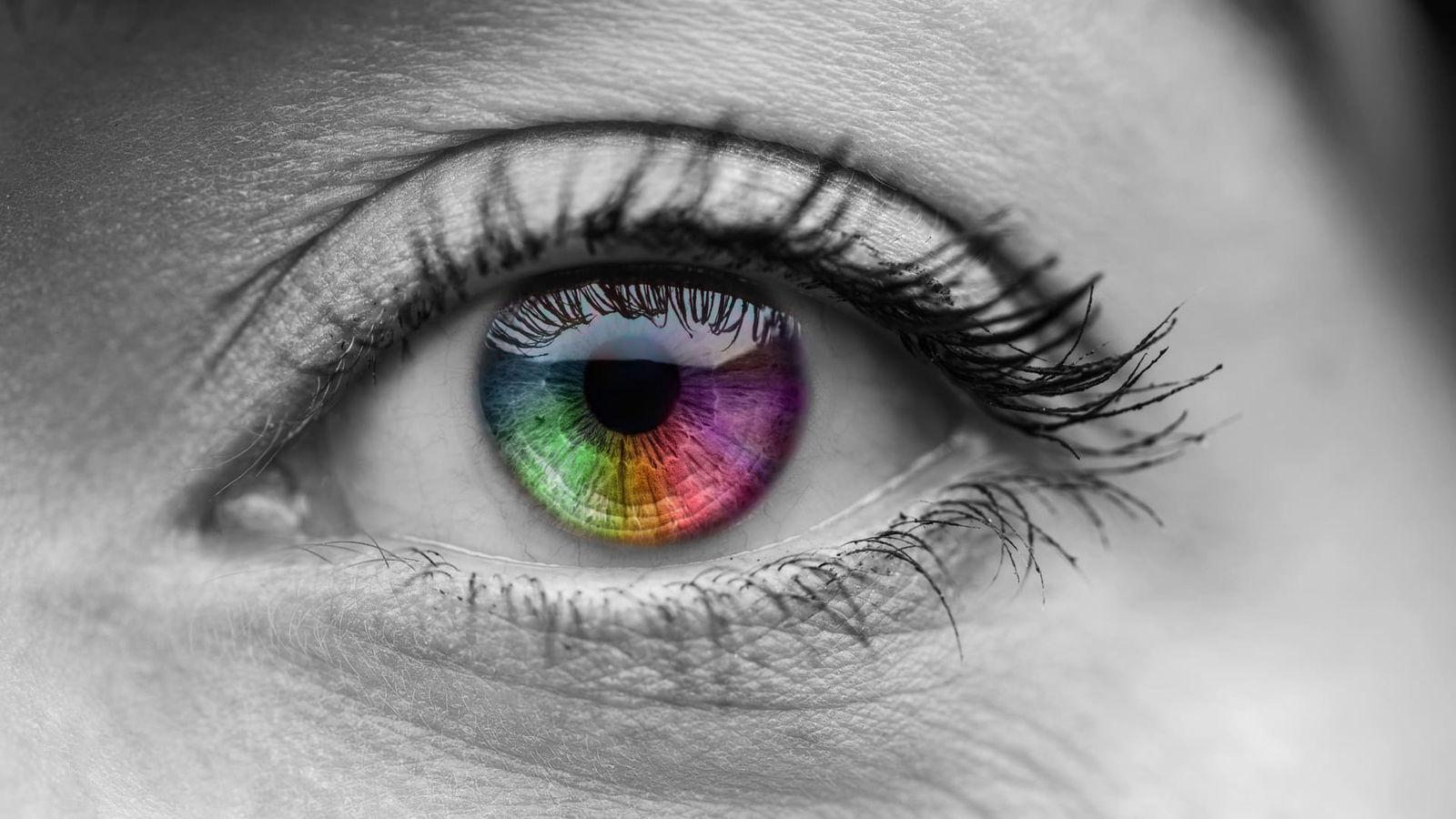Did you know that colors can hold significant cultural, emotional, and psychological value? Think about the flag of the USA. The colors red, white, and blue may provoke feelings of patriarchy, strength, or passion. When you take blue out of the triad of red, white, and blue colors, you are left thinking of the American Red Cross, Coca-Cola, or Marvel. In this article, we will look at how various colors affect consumer behavior.
Psychological responses to various colors
A psychological response to colors refers to how people feel and think when they see different colors. It involves emotions, thoughts, and sometimes physical reactions triggered by colors based on personal, cultural, and biological factors. Understanding these responses is important in fields like design and marketing to communicate messages and influence people’s actions effectively through color choices.
There are some common associations and responses associated with specific colors:
- Red: Red is often associated with strong emotions like passion, love, and excitement. It can also evoke a sense of urgency, which is why it’s commonly used for clearance sales and warnings.
- Blue: Blue is linked to feelings of calm, trust, and reliability. It’s often used by brands that want to convey a sense of professionalism and security.
- Green: Green is associated with nature, growth, and health. It’s often used in industries related to sustainability and health products.
- Yellow: Yellow is a bright and energetic color that can evoke feelings of happiness and positivity. It’s commonly used to grab attention, especially in window displays and signage.
- Orange: Orange is associated with enthusiasm, creativity, and warmth. It’s often used by brands that want to appear friendly and approachable.
- Purple: Purple is often associated with luxury, creativity, and spirituality. It’s commonly used in branding for high-end products and services.
- Pink: Pink is often linked to femininity and sweetness. It can also represent love and compassion.
- Black: Black is often associated with sophistication, elegance, and power. It’s commonly used in luxury branding and formal settings.
- White: White is often seen as pure, clean, and simple. It’s used in various contexts, from weddings to minimalist design.
It’s essential to remember that these associations are not universal, and individual reactions to colors can vary widely. Additionally, cultural factors play a significant role in color perceptions. Marketers and designers often consider these associations and cultural influences when selecting colors to evoke specific emotions and messages in their target audience.
How does understanding color psychology help businesses?
Have you ever considered the impact color choices can have on your business? They can play a pivotal role in brand identity because colors provide an opportunity to convey specific emotions and values aligning with your company’s mission. For instance, the use of blue can cause feelings of trust and reliability, while red may evoke excitement and passion. This initial impression influences how customers view your brand and, subsequently, their willingness to engage with it.
In the context of product packaging, color choices take on added significance. Here, colors should not only reflect the product’s nature but also elicit specific emotional responses in customers. For instance, organic or eco-friendly products often benefit from packaging with natural and earthy tones, communicating a sense of environmental responsibility and health consciousness. Whereas, vibrant and bold colors can be strategically employed for packaging children’s toys through capturing their attention and invoking excitement.
The strategic utilization of color extends into marketing and advertising. The selection of colors in marketing materials, such as advertisements, banners, and brochures, has a significant impact on the effectiveness of your messaging. Colors have the power to captivate the viewer’s attention and effectively convey the intended message. By understanding the psychological responses to colors, businesses can harness this knowledge as a potent tool to design marketing material that resonates with their audience.
Where do I begin?
In the world of marketing, colors are more than just eye candy; they’re like magic wands that shape how people act and feel. When you understand how colors and emotions connect, you can get closer to your audience’s heart. Colors have the ability to increase brand resonance and keep your brand top of mind. So, hop on this colorful adventure towards marketing success!
Get started with building your brand with Local View Digital Marketing today. Schedule a free digital marketing evaluation or call us at (425) 298-3303 to learn more.





